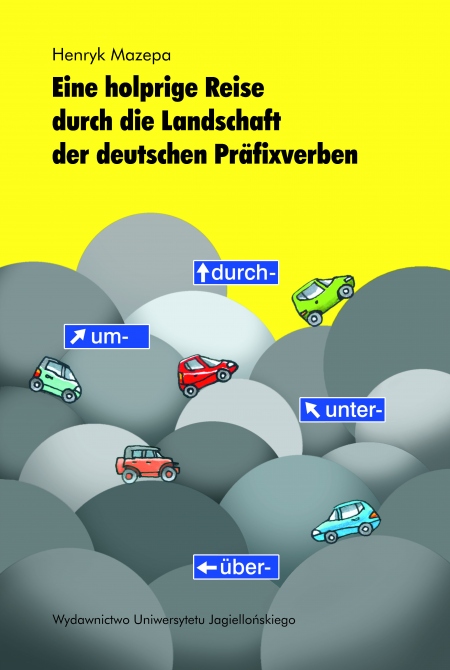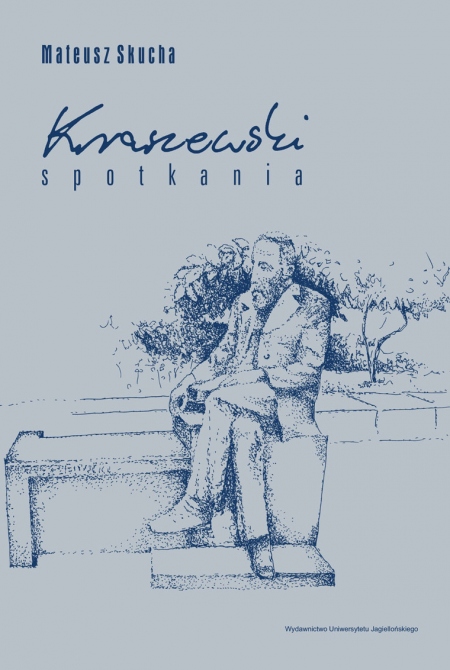
Alcestis barcelońska oraz centon Alcesta
Późnoantyczne spojrzenie na mit i gatunek
Pages: 256
Book format: B5
Publication date: 2018
Publication date: 16.05.2018
E-book publication date: 06.09.2024
Book description
The Barcelona Alcestis and the cento Alcesta can be considered – with no exaggeration at all – two very important examples of the exploitation of the Alcestis myth in Latin literature. In addition – if we take into account the period when they were composed – they both show how the Alcestis myth was read in late antiquity, in a period already marked by the influence of the Christian culture, even though – and this is no less intriguing – none of them offers us a strictly Christian reinterpretation of the story of Alcestis and Admetus. […]
The two minor poems on Alcestis exemplify remarkably well the features that might be considered typical of late antique poetics and literary aesthetics, with their compositional idiosyncrasies, rich intertextual texture, playfulness, finesse, learnedness, and an additional quality, often described in literary studies as ‘poetological self-consciousness’. If we add to all that the fact that at least one of the poems in question (possibly) introduces us into the world of ancient female literature (though, as a matter of fact, because of their specific topic this is peculiar to them both), we need not find further arguments to show that they deserve more scholarly attention on our part.
from Introduction
Anna Maria Wasyl is a classical and Italian philologist and studies Latin poetry, especially poetics and literary aesthetics of late antiquity, as well as selected aspects of medieval and neo-Latin literature. She is particularly interested in the culture of the Romano-Barbaric age (5th‒7th cent. A.D.). Her numerous publications in this field include books: Maksymian, Elegie [Maximianus, Elegiae] (2016); Genres Rediscovered. Studies in Latin Miniature Epic, Love Elegy, and Epigram of the Romano-Barbaric Age (2011); Rzymski list poetycki. Próba opisania gatunku [The Roman Verse Epistle: a Monographic Approach] (2002). She also published articles on Latin works by Francesco Petrarch and translated into Polish a selection of his letters, Francesco Petrarca, O niewiedzy własnej i innych. Listy wybrane (2004). She co-authored the first Polish translation of the entire corpus of Digesta Iustiniani (2012-2017).
Contents
Introduction
I. Literary and cultural background
I.1. The Alcestis myth in Roman literature and art
I.2. Latin mythological poetry in late antiquity (ca. 400-534 A.D.)
II. Two late antique Alcestae
II.1. Alcestis Barcinonensis
II.1.1. Codex miscellaneus from Montserrat
II.1.2. Alcestis: contents, composition, and general message
II.2. Alcesta cento
II.2.1.1. Anthologia Salmasiana
II.2.1.2. The phenomenon of the Virgilian cento
II.2.1.3. The problem of authorship of the centos from the Anthologia Latina. Siria Alcestae?
II.2.2. Alcesta: contents, composition, and general message
III. Genre / Genres (?)
III.1. Around the notion of tragoedia
III.2. Around the notion of genus mixtum
III.3. Concretization through the medium of pantomime
Alcestis Barcinonensis; Alcesta cento. Texts and Polish translations
Bibliography
Summary: Alcestis Barcinonensis and Alcesta cento. Approaching a myth and a genre in Latin late antiquity
The two minor poems on Alcestis exemplify remarkably well the features that might be considered typical of late antique poetics and literary aesthetics, with their compositional idiosyncrasies, rich intertextual texture, playfulness, finesse, learnedness, and an additional quality, often described in literary studies as ‘poetological self-consciousness’. If we add to all that the fact that at least one of the poems in question (possibly) introduces us into the world of ancient female literature (though, as a matter of fact, because of their specific topic this is peculiar to them both), we need not find further arguments to show that they deserve more scholarly attention on our part.
from Introduction
Anna Maria Wasyl is a classical and Italian philologist and studies Latin poetry, especially poetics and literary aesthetics of late antiquity, as well as selected aspects of medieval and neo-Latin literature. She is particularly interested in the culture of the Romano-Barbaric age (5th‒7th cent. A.D.). Her numerous publications in this field include books: Maksymian, Elegie [Maximianus, Elegiae] (2016); Genres Rediscovered. Studies in Latin Miniature Epic, Love Elegy, and Epigram of the Romano-Barbaric Age (2011); Rzymski list poetycki. Próba opisania gatunku [The Roman Verse Epistle: a Monographic Approach] (2002). She also published articles on Latin works by Francesco Petrarch and translated into Polish a selection of his letters, Francesco Petrarca, O niewiedzy własnej i innych. Listy wybrane (2004). She co-authored the first Polish translation of the entire corpus of Digesta Iustiniani (2012-2017).
Contents
Introduction
I. Literary and cultural background
I.1. The Alcestis myth in Roman literature and art
I.2. Latin mythological poetry in late antiquity (ca. 400-534 A.D.)
II. Two late antique Alcestae
II.1. Alcestis Barcinonensis
II.1.1. Codex miscellaneus from Montserrat
II.1.2. Alcestis: contents, composition, and general message
II.2. Alcesta cento
II.2.1.1. Anthologia Salmasiana
II.2.1.2. The phenomenon of the Virgilian cento
II.2.1.3. The problem of authorship of the centos from the Anthologia Latina. Siria Alcestae?
II.2.2. Alcesta: contents, composition, and general message
III. Genre / Genres (?)
III.1. Around the notion of tragoedia
III.2. Around the notion of genus mixtum
III.3. Concretization through the medium of pantomime
Alcestis Barcinonensis; Alcesta cento. Texts and Polish translations
Bibliography
Summary: Alcestis Barcinonensis and Alcesta cento. Approaching a myth and a genre in Latin late antiquity
Authors
Anna Maria Wasyl
ISBN: 978-83-233-4385-1
e-ISBN (pdf): 978-83-233-9767-0
Country of manufacturer: Poland
RECOMMENDED BOOKS
NEW BOOKS

Choose chapters to buy:
Order value:
0.00 zł























